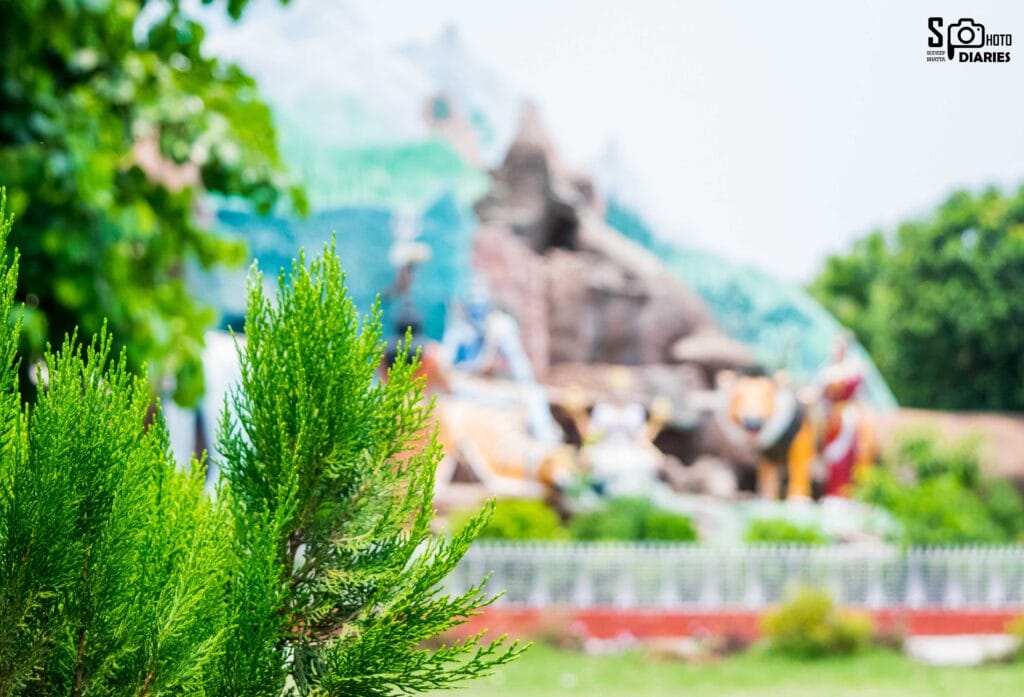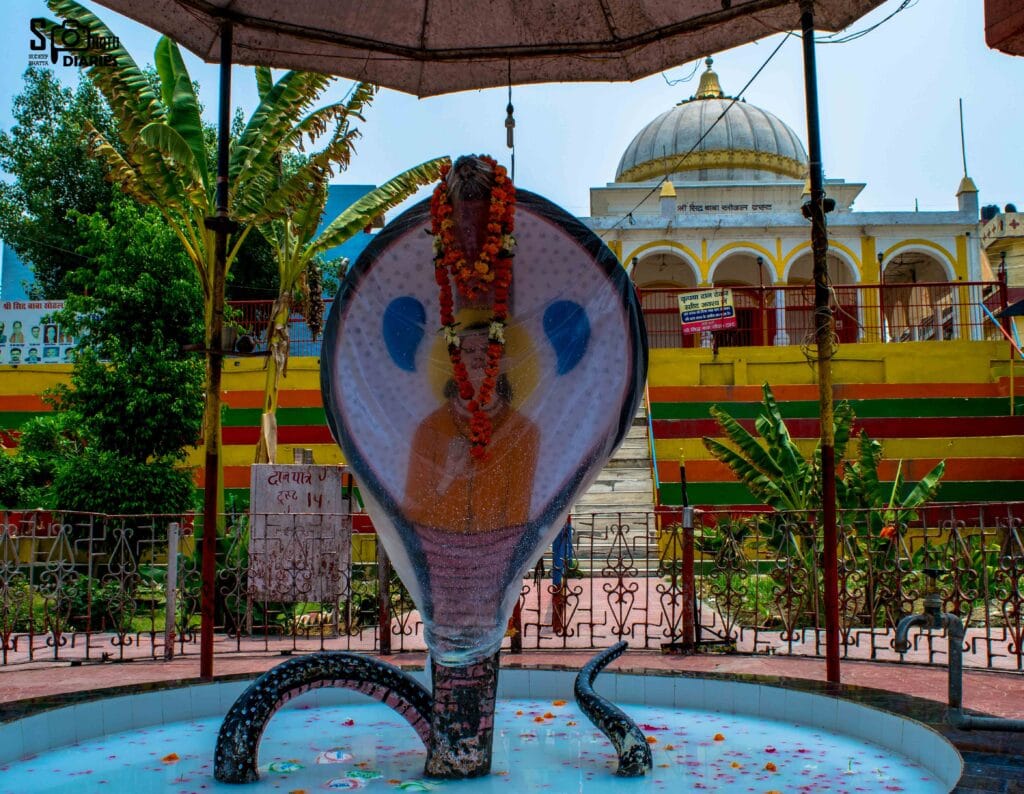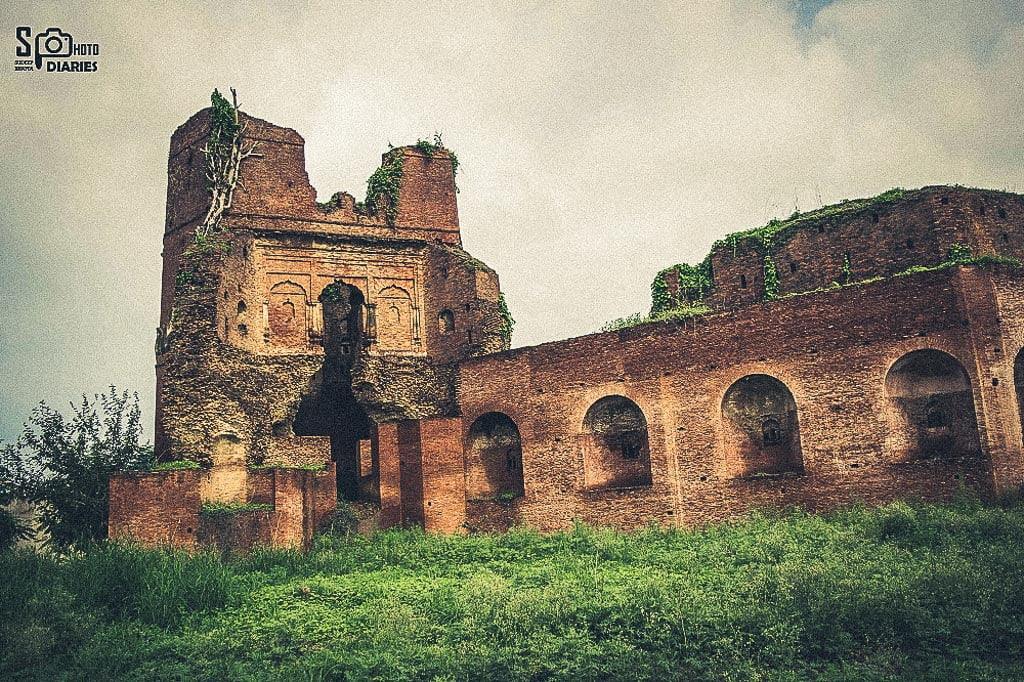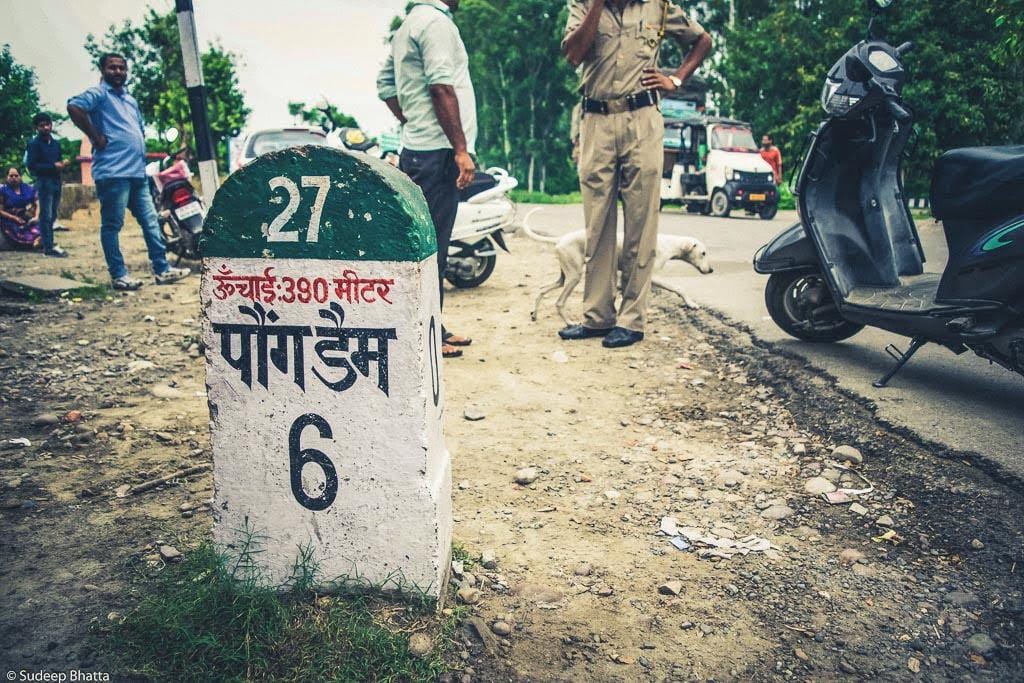Introduction
It was the early morning of June 26, 2016, a Sunday, and the day was already promising clear skies and a gentle breeze—perfect for a quick getaway. I kicked my bike into gear and started my trip from Hoshiarpur, excited to reunite with my old friend and ex-colleague, Vikrant, who had recently settled in Jalandhar. The ride, about 45 kilometers, was smooth and refreshing, the countryside rolling past as the city came into view. As I neared Vikrant’s home, memories of our office days filled my mind, and the excitement of reconnecting in a new setting grew stronger. After a warm welcome and a delicious homemade breakfast, we set off to explore the spiritual heart of Jalandhar—Devi Talab Mandir and Sodal Mandir.

Jalandhar: A City Steeped in Tradition and Modernity
Jalandhar, located in the Doaba region of Punjab, is one of the oldest cities in India, dating back to the Indus Valley Civilization. Today, it is a city where history meets modernity, and it is famous for its sports goods industry, educational institutions, and spiritual landmarks. According to the Census of India 2011, Jalandhar had a population of over 862,000, making it one of Punjab’s largest cities. The city’s cultural richness is evident through its temples, bustling markets, and warm people.

Devi Talab Mandir: A Dive into Spiritual History
Our first stop was the iconic Devi Talab Mandir, one of the most important Hindu pilgrimage sites in northern India. The temple is dedicated to Goddess Durga and dates back over 200 years, although the site itself is believed to have been a place of worship for thousands of years.

Spread across a vast area, the temple complex also houses a replica of the Amarnath Cave, and the main temple’s striking architecture is adorned with intricate carvings.

One of the standout features is the sacred tank or “talab” after which the temple is named. Pilgrims believe that taking a dip in the holy waters can cleanse one’s sins and bring prosperity.

According to the Punjab Tourism Department, Devi Talab Mandir attracts nearly 1.2 million visitors annually, especially during the Shatala Ashtami fair and the Navratri festival.

The spiritual energy of the place was palpable as we walked around, observing the devotees who had come from all corners of Punjab and beyond.

Sodal Mandir: The Legend of the Child Deity
Next, Vikrant guided me to Sodal Mandir, a lesser-known yet culturally significant temple in Jalandhar. The temple is dedicated to Baba Sodal, a child deity deeply revered in the region. According to local legend, Baba Sodal was a divine child who miraculously disappeared into the earth.

The temple marks the spot of his supposed disappearance and has become a major site of worship, especially during the annual fair held in his honor.
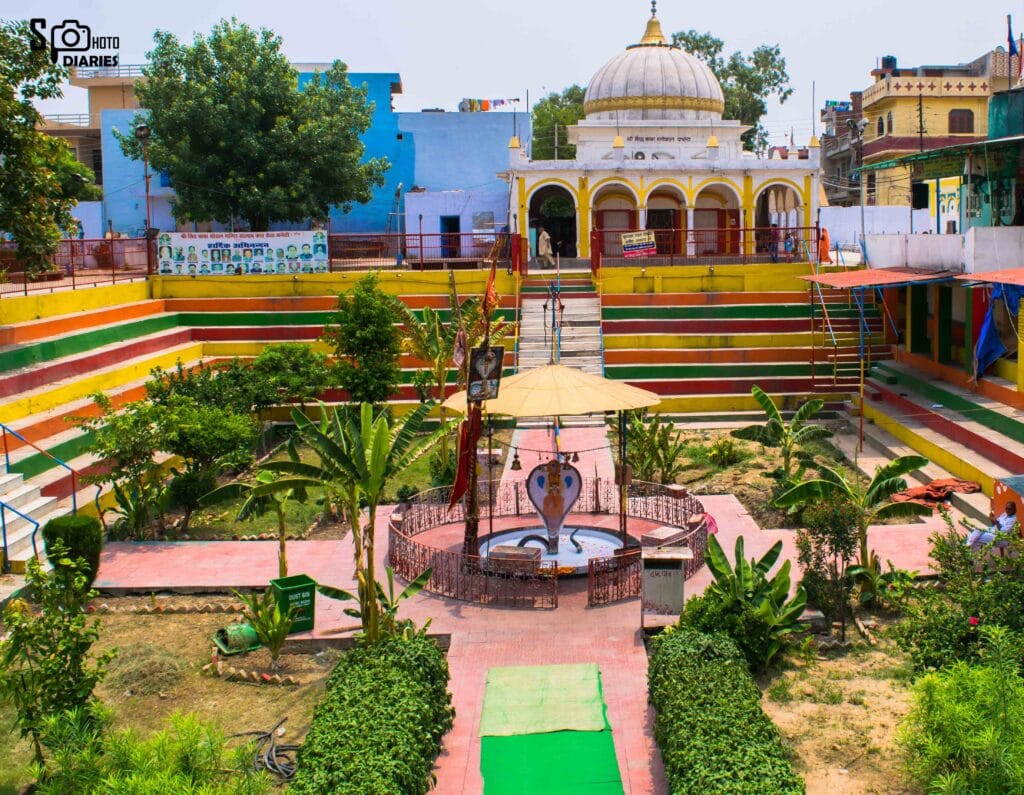
Statistics show that Sodal Mandir sees a spike in visitors every September during the Sodal Mela when nearly 200,000 devotees visit the temple to seek the blessings of the child deity. On regular days, the temple provides a quieter, more personal spiritual experience. The atmosphere was peaceful, and we took some time to observe the rituals being performed by the devotees, feeling connected to the rich folklore of Punjab.

Jalandhar’s Urban Pulse: A Modern Transformation
Aside from its temples, Jalandhar is also known for its vibrant urban life. After exploring the spiritual side of the city, Vikrant and I rode through the bustling streets, soaking in the energy of Jalandhar’s commercial districts. According to the Economic Survey of Punjab, Jalandhar’s sports goods industry contributes nearly 70% of India’s sports goods exports, making it a hub of economic activity in the region. The city is also a major educational center, home to institutions like Lovely Professional University and DAV College, which draw students from across the country.
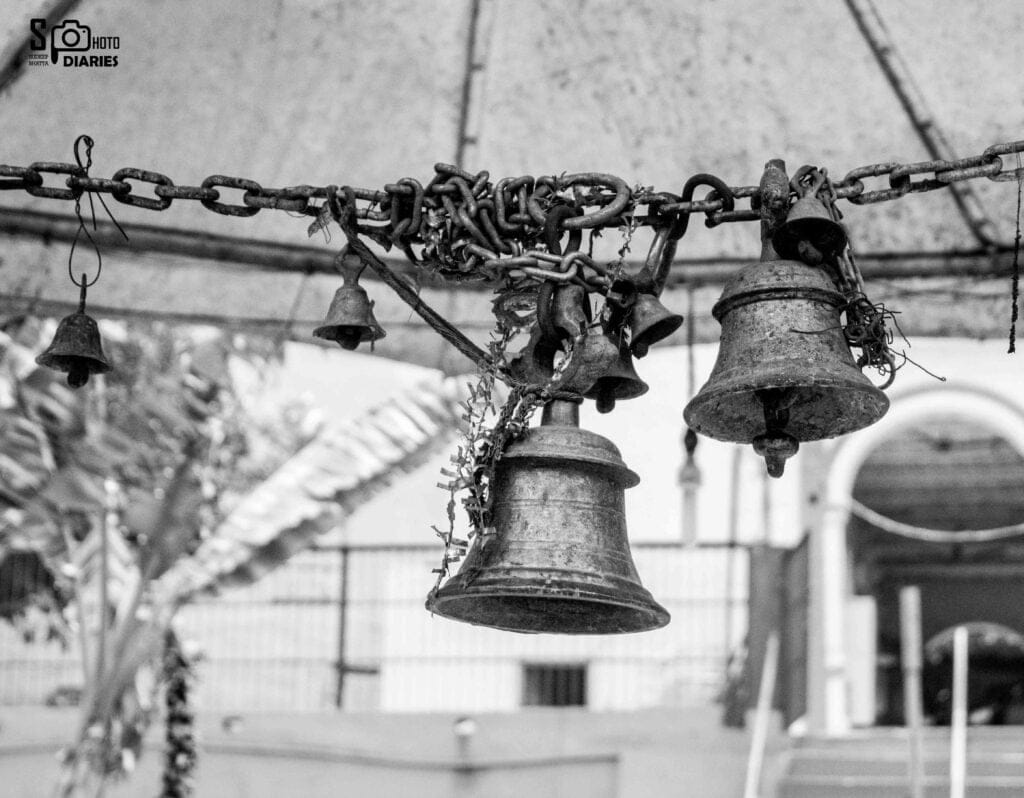
We decided to end our trip with a visit to one of Jalandhar’s lively markets. From local handicrafts to famous sports goods, the city’s markets are a testament to its rich culture and modern development. Data from the Jalandhar Municipal Corporation indicates that the city’s retail sector has grown by over 15% annually, showing just how fast it is adapting to the modern economy while staying rooted in tradition.
A Memorable Ride Back
As the day began to wind down, it was time to head back to Hoshiarpur. The trip had been a perfect blend of spiritual exploration and catching up with an old friend. The peaceful aura of Devi Talab Mandir and Sodal Mandir lingered in my mind as I rode back through the twilight, reflecting on how Jalandhar had managed to retain its ancient spiritual essence while also embracing modernity.
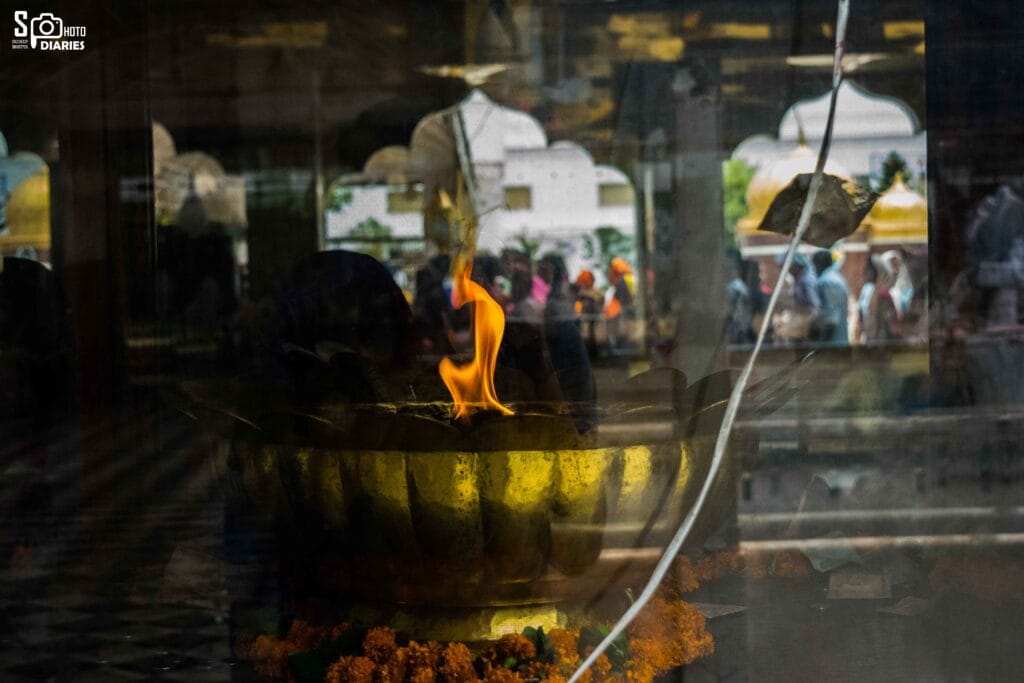
Plan Your Trip to Jalandhar
- Distance from Hoshiarpur: 45 km, a one-hour bike ride via NH3.
- Best Time to Visit: October to March when the weather is pleasant and you can enjoy the outdoor temples without the scorching heat.
- Entry Fees: Free for both Devi Talab Mandir and Sodal Mandir.
- Special Festivals: Navratri at Devi Talab Mandir and the Sodal Mela in September at Sodal Mandir draw huge crowds, making these ideal times to experience the cultural richness of Jalandhar.

Conclusion
My one-day trip to Jalandhar was more than just a visit to another city. It was a spiritual journey, a reunion with a dear friend, and a reminder of how beautifully India blends the ancient with the modern. Jalandhar, with its rich history, religious landmarks, and thriving urban life, offers a glimpse into Punjab’s soul. Whether you’re seeking spiritual solace, a walk through history, or a taste of the bustling markets, Jalandhar has something for everyone.
